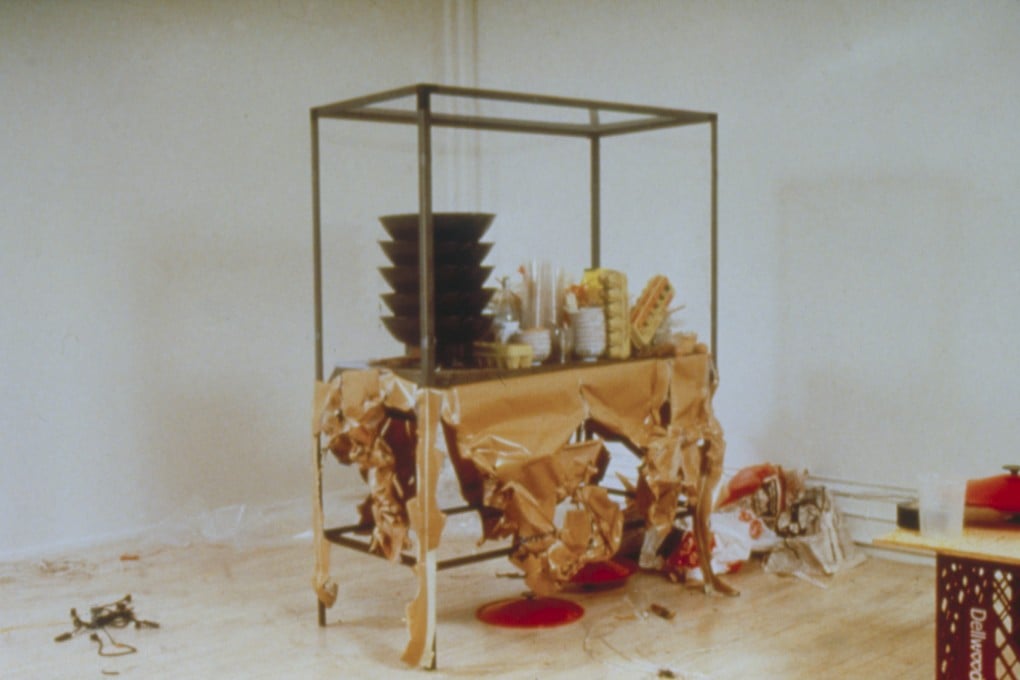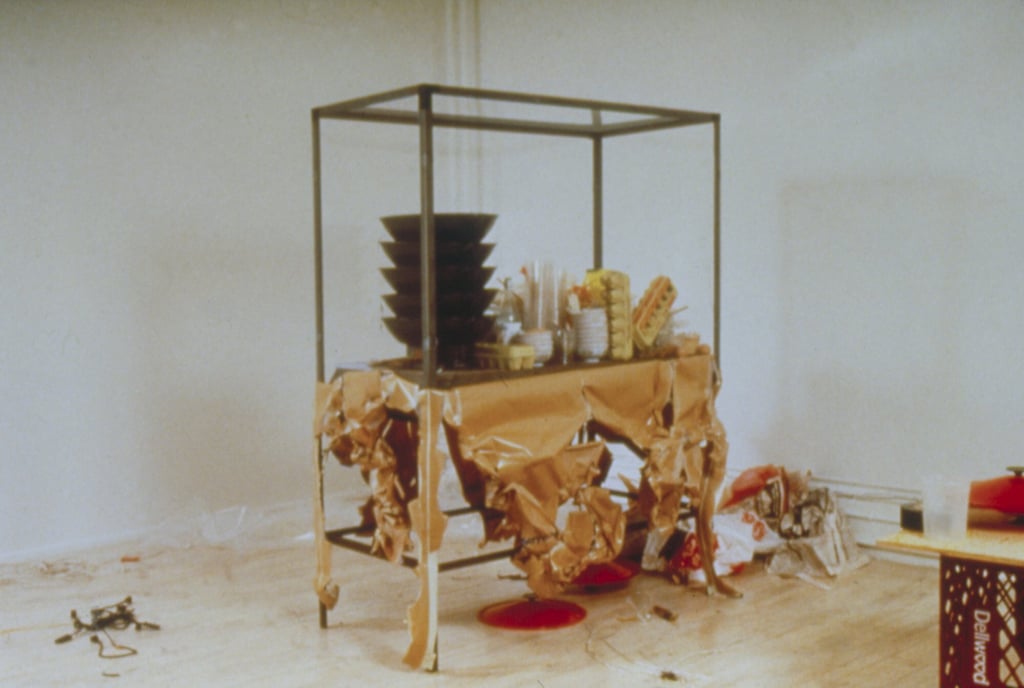Exclusive | Rirkrit Tiravanija defends his pad thai performance art piece ahead of its revival at Hong Kong gallery
- Thai artist who created one of the most divisive works in contemporary art – the cooking and serving of Thai dish pad thai – blames capitalism for making it an elite experience.

It is not the rarefied air of an upmarket gallery that greets visitors at international art dealer David Zwirner’s Hong Kong space this weekend, but the smell of fish sauce and frying oil.
Here, artist Rirkrit Tiravanija is “reactivating” a work he first dished up in 1990 while living in New York, untitled (pad thai), a performative piece that put the Argentinian-born Thai on the path to stardom.
Before the pandemic, the now 59-year-old flew two or three times a month, but those hoping to catch a glimpse of the artist this time around will have to wait. Speaking from his home in upstate New York, the professor of professional practice, visual arts, at Columbia University, says he is saving his next trip to Hong Kong for early next year, to attend his solo exhibition at Zwirner’s gallery.
Rirkrit is not even virtually involved (the way he will be this summer, when he holds a Zoom cooking session with Finnish chef Antto Melasniemi for the Helsinki Biennial). This performance will rely on Rirkrit’s former assistant Tony Huang Zhiyong, now employed by David Zwirner Gallery, to lead the cooking.

But by the very nature of the piece, the artist’s absence will not dilute the essence of one of the most divisive works in contemporary art. Pad thai is about creating a space for public engagement more than any specific object or person.
The work is defined by visitors to the gallery being offered plates of pad thai, freshly made to Rirkrit’s original recipe – with pork, not chicken or shrimp.